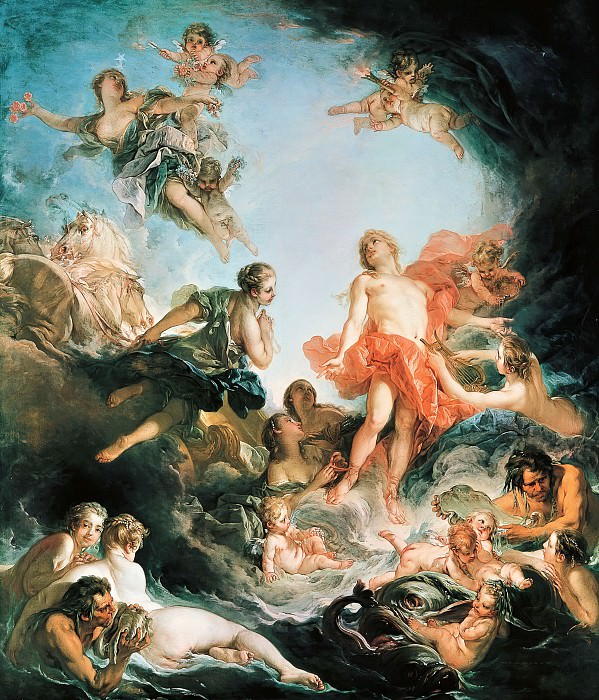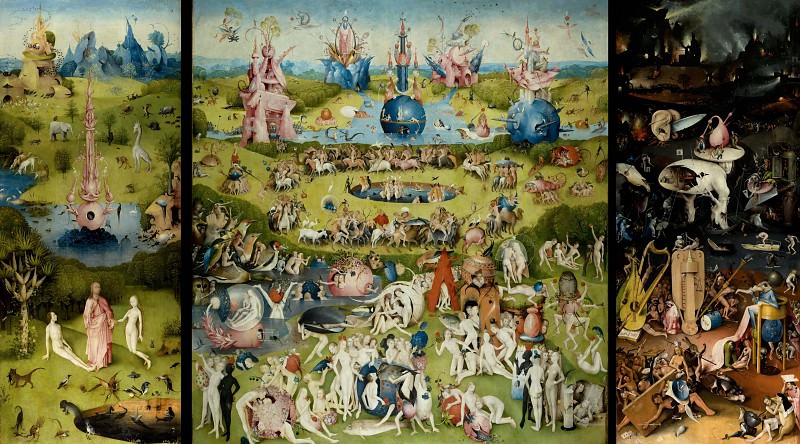The Rich Tapestry of German Art
German art has a rich and diverse history that mirrors the complexities of its cultural and political landscape. From the early medieval period through to contemporary practices, German artists have made significant contributions that have shaped not only European art but also the broader global art scene.
The Early Foundations: Medieval to Renaissance
The roots of German art can be traced back to the early medieval period, a time marked by a deep influence of religious themes and symbolism. During this era, German artists were heavily inspired by the Byzantine and Romanesque styles, which were characterized by elaborate religious iconography and a focus on spiritual subjects. This period saw the creation of stunning illuminated manuscripts, intricate wood carvings, and impressive cathedral frescoes.
As Europe transitioned into the Renaissance, German art began to evolve, embracing the stylistic innovations of the Italian Renaissance while maintaining a distinctive northern European character. The Renaissance period in Germany was marked by a focus on naturalism, proportion, and perspective. One of the most prominent figures of this era was Albrecht Dürer, whose works combined detailed observation of nature with a masterful use of printmaking techniques. Dürer's engravings and woodcuts exemplify the German Renaissance's emphasis on technical precision and intricate detail.
The Baroque and Rococo Eras: Drama and Elegance
The Baroque period in Germany was characterized by dramatic intensity and emotional depth. This era saw the emergence of artists who were able to convey powerful narratives through their use of light, shadow, and dynamic compositions. One of the most notable Baroque artists from Germany was Peter Paul Rubens, although he was Flemish, his influence was widely felt in the German-speaking regions.
In the early 18th century, the Rococo style emerged, characterized by its playful, ornate, and light-hearted approach. German artists like Franz Xaver Winterhalter embraced the Rococo aesthetic, creating works that were elegant and decorative, often featuring pastel colors and elaborate details. The Rococo period in Germany was marked by a fascination with beauty and grace, reflecting the opulence and refinement of the time.
The 19th Century: Romanticism and Realism
The 19th century was a transformative period for German art, as the country underwent significant political and social changes. The Romantic movement, which began in the early 19th century, emphasized emotion, individualism, and the sublime aspects of nature. German Romantic artists such as Caspar David Friedrich captured the essence of this movement through their dramatic landscapes and contemplative works, which often depicted the grandeur and mystery of nature.
As the century progressed, the focus shifted towards Realism, a movement that sought to depict everyday life and ordinary people with honesty and accuracy. German artists like Adolph Menzel embraced this approach, creating works that reflected the realities of industrialization and social change. Realism in Germany was marked by a commitment to depicting the world as it was, without romanticizing or idealizing it.
The 20th Century: Expressionism and Modernism
The early 20th century was a period of intense experimentation and innovation in German art. Expressionism, a movement that sought to convey emotional experiences rather than realistic depictions, became prominent during this time. German Expressionist artists such as Ernst Ludwig Kirchner and Emil Nolde explored bold colors, distorted forms, and dynamic compositions to express their inner feelings and reactions to the rapidly changing world around them.
The Weimar Republic era was also a time of significant artistic development, with movements like Bauhaus emerging. Founded by Walter Gropius, the Bauhaus school revolutionized the approach to art and design, emphasizing functionality, simplicity, and the integration of various artistic disciplines. The Bauhaus movement had a profound impact on modern art, architecture, and design, influencing artistic practices well beyond Germany.
Post-War and Contemporary German Art
The aftermath of World War II brought about a period of reflection and renewal in German art. Artists grappled with the legacy of the war and sought to redefine their identities in a divided nation. The contemporary art scene in Germany has been characterized by a diverse range of styles and approaches, reflecting the complexity and dynamism of the modern world.
One of the significant movements in post-war German art was the Neue Wilde (New Wild) movement, which emerged in the late 1970s. This group of artists, including figures like Georg Baselitz and Anselm Kiefer, rejected the constraints of traditional art and embraced a more expressive and raw approach. Their works often tackled themes of trauma, history, and identity, challenging viewers to confront the past and engage with the present.
In recent decades, contemporary German artists have continued to explore a wide range of media and themes. The rise of multimedia art, video installations, and conceptual practices has further expanded the boundaries of German art. Artists such as Olafur Eliasson and Hito Steyerl are known for their innovative works that engage with global issues, technology, and the environment.
The Global Influence of German Art
German art has not only played a pivotal role in the development of Western art but has also had a significant influence on global artistic practices. The contributions of German artists have been recognized and celebrated worldwide, with their works featured in major international exhibitions and collections.
The legacy of German art is evident in the continued engagement with its rich history and ongoing innovations. German museums and galleries, such as the Alte Nationalgalerie in Berlin and the Pinakothek der Moderne in Munich, play a crucial role in preserving and showcasing the country's artistic heritage while also fostering new talent and ideas.
Conclusion
German art is a testament to the country's rich cultural history and its ability to adapt and evolve through different periods and movements. From the early medieval religious art to contemporary multimedia practices, German artists have consistently pushed the boundaries of creativity and expression. Their works reflect the complexities of their times and offer a window into the diverse and dynamic world of art. As we look to the future, the enduring impact of German art continues to inspire and challenge both artists and audiences around the globe.




